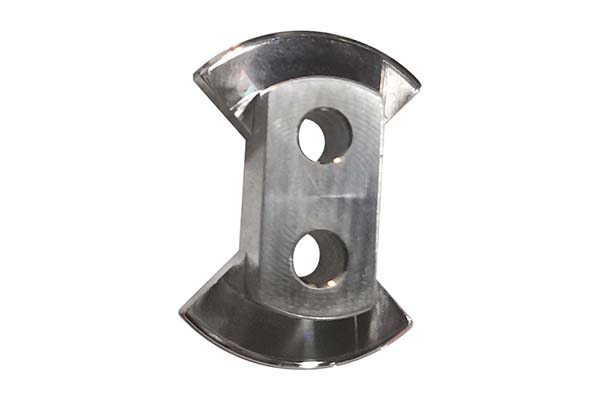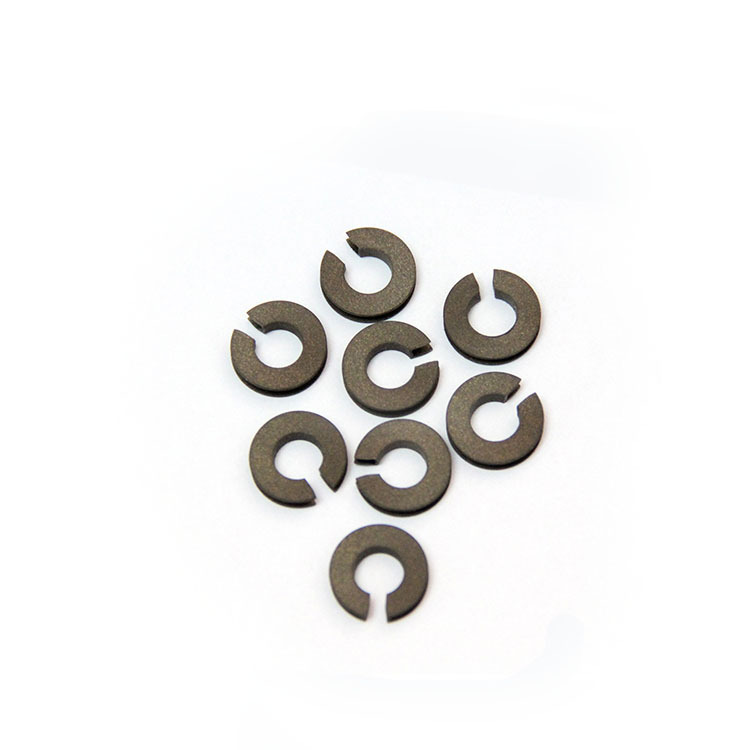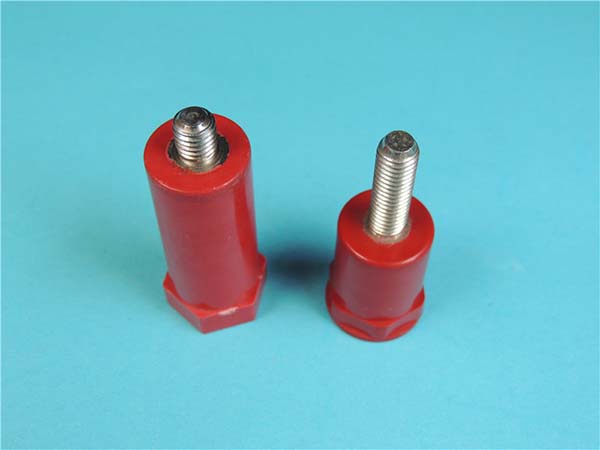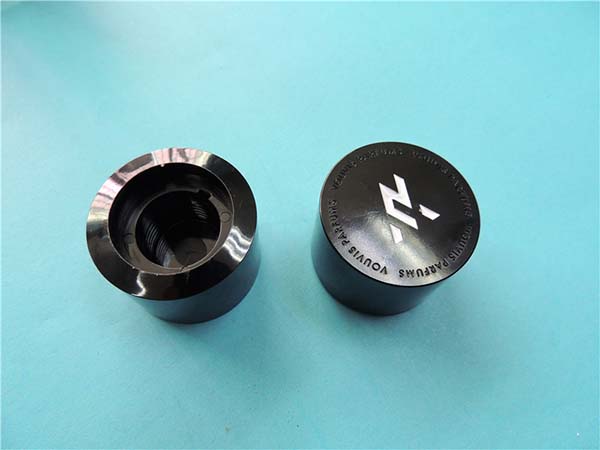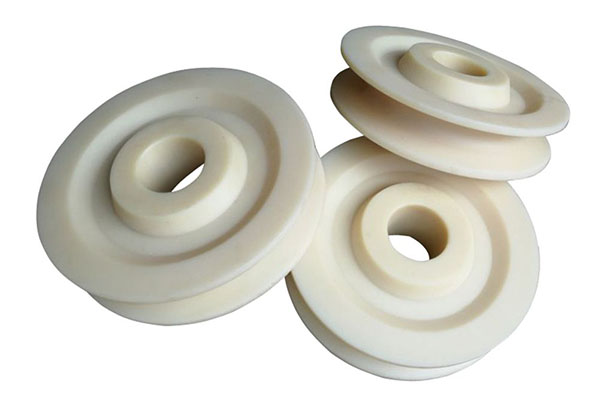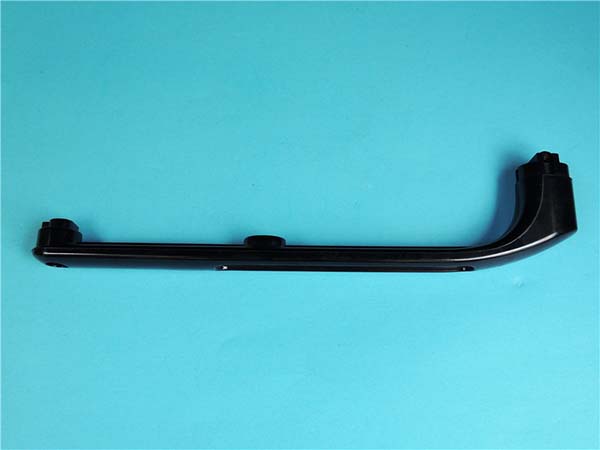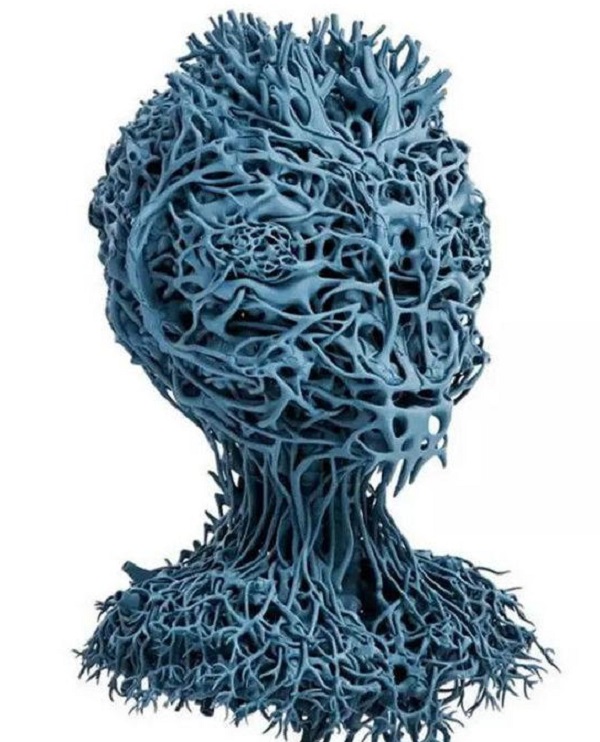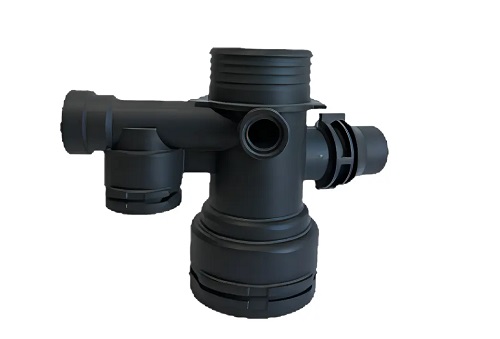I. Introduction
1.1 The Rising Trend of 3D Printing Metal in Aluminum Industry
In recent years, the aluminum industry has witnessed a remarkable transformation with the burgeoning trend of 3D printing metal. Once considered a niche technology, 3D printing, also known as additive manufacturing, has now emerged as a game - changer in the way aluminum products are designed, prototyped, and produced.
The global 3D printing market has been growing steadily, and the use of aluminum in this process is a significant part of this expansion. According to market research firm Wohlers Associates, the global 3D printing market was valued at \(15.27 billion in 2022 and is projected to reach \)62.15 billion by 2027, with a compound annual growth rate (CAGR) of 32.3% during the forecast period. Aluminum, with its unique properties, has become a favored material in this growth story.
One of the key driving forces behind the rising trend of 3D printing metal in the aluminum industry is the increasing demand for lightweight and high - performance components across various sectors. For Yigu Technology example, in the aerospace industry, where every kilogram of weight reduction can lead to significant fuel savings and increased payload capacity, aluminum 3D - printed parts offer a promising solution. Airbus has been actively exploring the use of 3D - printed aluminum components in its aircraft, aiming to reduce weight and enhance overall efficiency.
Another factor contributing to this trend is the technological advancements in 3D printing processes. Newer techniques are allowing for more precise control over the deposition and melting of aluminum powder, resulting in parts with better mechanical properties and dimensional accuracy. As these technologies continue to mature, the cost - effectiveness of aluminum 3D printing is also improving, making it more accessible to a wider range of industries, from automotive to consumer electronics. This growing trend naturally leads us to explore how exactly 3D printing metal is revolutionizing aluminum innovation.
II. Traditional Aluminum Manufacturing vs. 3D Printing Metal
2.1 A Glimpse into Traditional Aluminum Production
Traditional aluminum production methods have been the backbone of the industry for decades. Casting is one of the most common techniques. In sand casting, for Yigu Technology example, a pattern is used to create a mold cavity in sand. Molten aluminum is then poured into this cavity. Once it cools and solidifies, the sand is removed, and the aluminum part is obtained. This method is relatively cost - effective for large - scale production of simple - shaped parts, such as engine blocks in the automotive industry. However, it has significant limitations. The surface finish of sand - cast parts is often rough, requiring additional machining processes to achieve the desired smoothness. The dimensional accuracy is also limited, with tolerances typically in the range of ±0.5 - ±2 mm depending on the complexity of the part.
Forging is another traditional approach. It involves shaping aluminum by applying compressive forces. A billet of aluminum is heated and then hammered or pressed into the desired shape using dies. Forged aluminum parts are known for their high strength and excellent grain structure, making them suitable for applications where mechanical properties are crucial, like aircraft structural components. But forging requires expensive dies, and the process is time - consuming. The design flexibility is restricted as complex geometries are difficult to achieve. Changing the design often means creating new dies, which is costly and time - consuming. Additionally, forging is not efficient for producing small - volume or highly customized parts.
2.2 Unveiling 3D Printing Metal Technology for Aluminum
3D printing metal technology for aluminum has opened up new possibilities in manufacturing. One of the prominent techniques is Direct Metal Laser Sintering (DMLS). In DMLS, a high - power laser is used to selectively sinter fine aluminum powder layer by layer. The process starts with a 3D model that is sliced into thin cross - sections. The laser scans the powder bed, melting and fusing the powder in the areas corresponding to the cross - section of the model. Each layer is built upon the previous one until the complete part is formed. This method allows for the creation of complex geometries with high precision. Tolerances as low as ±0.05 - ±0.1 mm can be achieved, making it suitable for applications such as aerospace components with intricate internal channels for cooling.
Electron Beam Melting (EBM) is another advanced 3D printing technology for aluminum. It operates in a high - vacuum environment. A high - energy electron beam is used to melt the aluminum powder. The electron beam can be precisely controlled to melt specific areas of the powder bed, enabling the fabrication of parts with unique microstructures. EBM has advantages in terms of build rate, as it can process larger volumes of powder compared to some other 3D printing methods. It is also beneficial for producing parts with high alloy compatibility, which is important when using specialized aluminum alloys. However, the high - vacuum environment required adds to the complexity and cost of the equipment.
2.3 Side - by - Side Comparison
| Comparison Aspect | Traditional Aluminum Manufacturing | 3D Printing Metal for Aluminum |
| Production Efficiency | For large - scale production of simple parts, casting can be relatively fast. But for complex parts or small - volume production, the process of making molds, setting up equipment, and machining can be time - consuming. Forging also has long production cycles due to die - making and the forging process itself. | In 3D printing, the production time is mainly determined by the complexity and size of the part. For small - volume or highly customized parts, 3D printing can be much faster as there is no need for extensive tooling or setup. For example, a small, complex aluminum bracket can be printed in a matter of hours, while traditional methods might take days. |
| Cost | Casting has relatively low material costs, but the cost of molds and machining can add up, especially for complex parts. Forging requires high - cost dies, which are a significant upfront investment. The cost per unit is lower for high - volume production but becomes uneconomical for low - volume runs. | 3D printing has high initial equipment costs. However, for small - volume production, the cost can be competitive as there is no need for expensive tooling. The cost of aluminum powder is also a factor, but as the technology advances and the market grows, the cost of powder is gradually decreasing. For example, in producing a small batch of 10 customized aluminum parts, 3D printing might be more cost - effective than traditional forging. |
| Product Complexity | Traditional methods struggle with creating highly complex geometries. Casting can handle some moderate complexity, but internal features and undercuts are difficult to achieve without additional techniques. Forging is mainly suitable for parts with relatively simple shapes and high strength requirements. | 3D printing excels at creating complex geometries. It can produce parts with intricate internal lattice structures, complex channels, and organic shapes that are impossible or extremely difficult to manufacture using traditional methods. For instance, a heat exchanger with complex internal cooling channels can be easily printed using 3D printing technology. |
| Dimensional Accuracy | In casting, dimensional accuracy is limited, typically with tolerances of ±0.5 - ±2 mm. Forging also has limitations, and post - forging machining is often required to achieve higher accuracy. | 3D printing can achieve much higher dimensional accuracy, with tolerances as low as ±0.05 - ±0.1 mm in some cases, depending on the technology and the printer used. This makes it suitable for applications where precision is crucial, such as in the aerospace and medical industries. |
This comparison clearly shows that Yigu Technology 3D printing metal for aluminum offers significant advantages, especially in terms of production efficiency for small - volume and customized parts, cost - effectiveness in certain production scenarios, and the ability to create highly complex products with high precision.
IV. Real - World Applications Showcasing the Revolution
4.1 Aerospace Breakthroughs
In the aerospace industry, 3D printing metal technology for aluminum has led to remarkable breakthroughs. One prime example is the use of 3D - printed aluminum parts in aircraft engines. General Electric (GE) has been at the forefront of this innovation. They have used Direct Metal Laser Sintering (DMLS) to create complex fuel nozzles for their LEAP engines. These 3D - printed nozzles are not only more lightweight compared to their traditionally - manufactured counterparts but also have enhanced fuel - mixing capabilities, leading to more efficient combustion.
The Airbus A350 XWB is another case in point. Airbus has incorporated numerous 3D - printed aluminum components into this aircraft model. For instance, some of the brackets and structural components in the fuselage are made of 3D - printed aluminum. By doing so, Airbus has managed to reduce the weight of the aircraft. According to Airbus, these lightweight components contribute to a significant improvement in fuel efficiency. The reduction in weight means that the aircraft requires less fuel to fly the same distance, resulting in cost savings and a reduced environmental footprint.
Another area where 3D - printed aluminum is making a difference is in the production of satellite components. Satellites need to be as lightweight as possible to reduce the cost of launch and improve their overall performance. 3D - printed aluminum parts, such as antenna structures and satellite housings, offer a solution. These parts can be designed with complex geometries to optimize signal reception or heat dissipation while keeping the weight to a minimum. A study by a leading aerospace research institute found that 3D - printed aluminum satellite components can be up to 30% lighter than those made using traditional manufacturing methods, without sacrificing strength or functionality.
4.2 Automotive Industry Transformations
The automotive industry has also been significantly transformed by 3D printing metal technology for aluminum. Porsche, in collaboration with MAHLE and Trumpf, has made headlines with their 3D - printed aluminum pistons for the Porsche 911 GT2 RS. These pistons are 20% lighter than traditional forged pistons, thanks to their optimized design enabled by 3D printing. The use of 3D - printed pistons has led to an increase in engine performance, with a potential power boost of up to 30 horsepower in the 700 - horsepower engine of the Porsche 911 GT2 RS. Additionally, the reduced weight of the pistons contributes to better fuel efficiency, as the engine has to work less to move the lighter components.
Ford is another automotive giant that has embraced 3D - printed aluminum parts. They have used 3D - printed aluminum fuel - line brackets in their F - 250 trucks. These brackets are not only 7% lighter than traditional ones but also have a 10% lower manufacturing cost. The use of 3D - printed brackets also allows for more flexibility in design, enabling Ford to optimize the brackets for better functionality. For example, the 3D - printed brackets can be designed to have a more aerodynamic shape, reducing air resistance and improving the overall fuel efficiency of the vehicle.
Moreover, companies like Divergent are revolutionizing the automotive manufacturing process with 3D - printed aluminum components. Divergent has developed a 3D - printed aluminum chassis for supercars. The chassis is made up of lightweight, high - strength aluminum nodes that are printed and then assembled. This approach allows for greater design freedom and customization, as each node can be designed to meet specific structural requirements. It also reduces the overall weight of the vehicle, which in turn improves acceleration, handling, and fuel efficiency.
4.3 Other Industries Making Strides
In the medical industry, 3D - printed aluminum is being used to create customized prosthetics and orthopedic implants. For example, some companies are using 3D - printed aluminum to make prosthetic limbs that are not only lightweight but also highly customized to fit the unique needs of each patient. The ability to create complex internal structures using 3D printing allows for better integration with the patient's body and improved functionality. A study showed that patients using 3D - printed aluminum prosthetics reported greater comfort and mobility compared to those using traditional prosthetics.
In the construction industry, 3D - printed aluminum is being explored for creating complex architectural structures. Architects can now design and print intricate aluminum components that were previously impossible to manufacture using traditional methods. These components can be used to create unique facades, decorative elements, or even load - bearing structures. For Yigu Technology instance, a recent architectural project used 3D - printed aluminum lattice structures to create a stunning building facade that not only looked aesthetically pleasing but also provided better ventilation and natural light penetration.
In the electronics industry, 3D - printed aluminum is being used to make heat sinks. Heat sinks are crucial components in electronic devices as they help dissipate heat generated by the components. 3D - printed aluminum heat sinks can be designed with complex internal channels and fins to improve heat dissipation efficiency. A leading electronics manufacturer found that 3D - printed aluminum heat sinks could reduce the operating temperature of their high - performance processors by up to 15°C compared to traditional heat sinks, leading to improved device performance and reliability.
VII. Conclusion
3D printing metal Yigu Technology has indeed brought about a revolutionary change in aluminum innovation. Through the comparison with traditional aluminum manufacturing methods, we've seen that 3D printing offers remarkable advantages. It allows for the creation of complex geometries with high precision, which was nearly impossible with traditional techniques. The cost - effectiveness in small - volume production and the ability to quickly produce customized parts have made it an attractive option for many industries.
In terms of applications, 3D - printed aluminum has made significant inroads into various sectors. In aerospace, it has enabled the production of lightweight yet strong components, leading to more fuel - efficient aircraft and better - performing satellites. The automotive industry has also benefited greatly, with 3D - printed aluminum parts enhancing vehicle performance, reducing weight, and improving fuel efficiency. Moreover, other industries such as medical, construction, and electronics are starting to explore and utilize the potential of 3D - printed aluminum, creating customized prosthetics, unique architectural structures, and more efficient heat sinks respectively.
